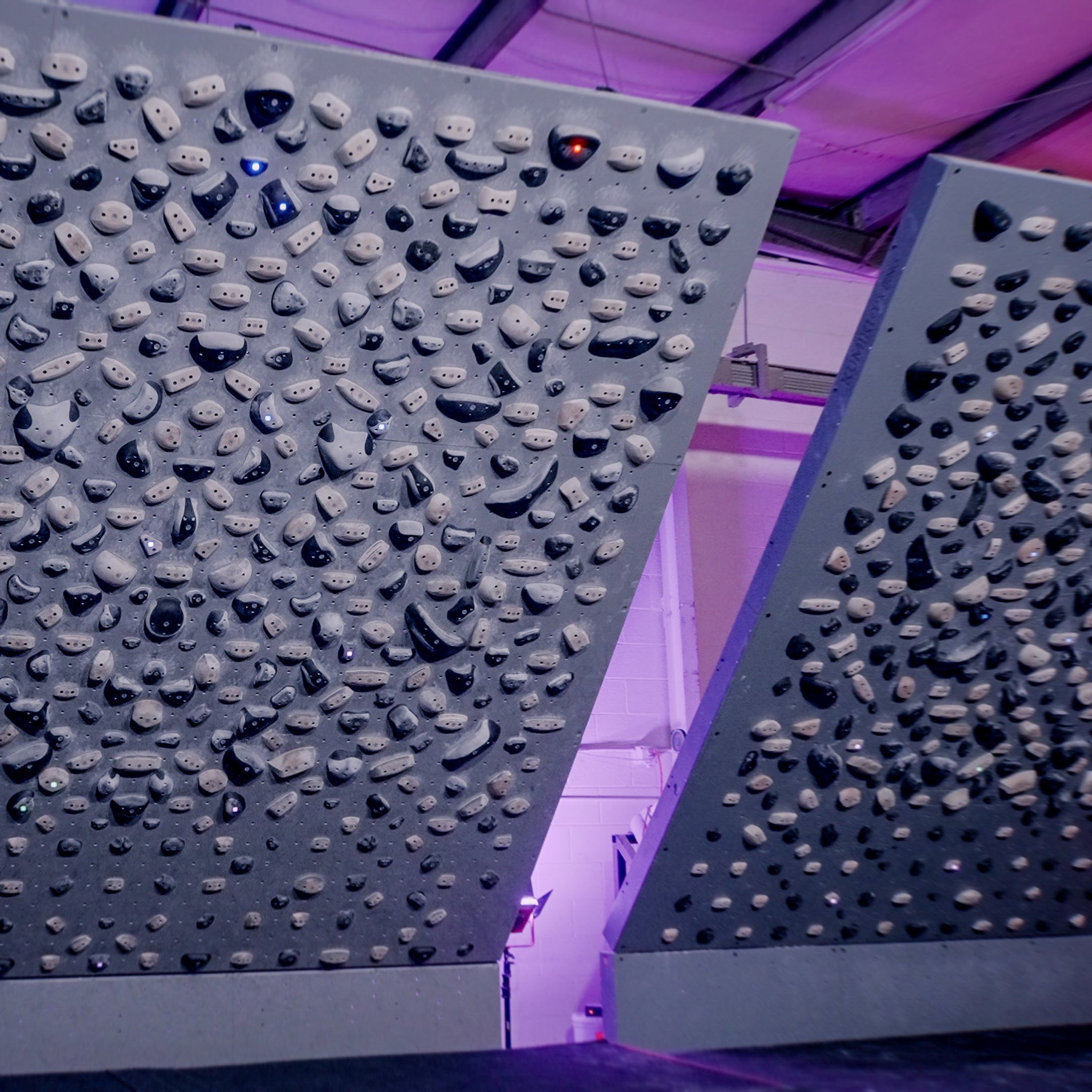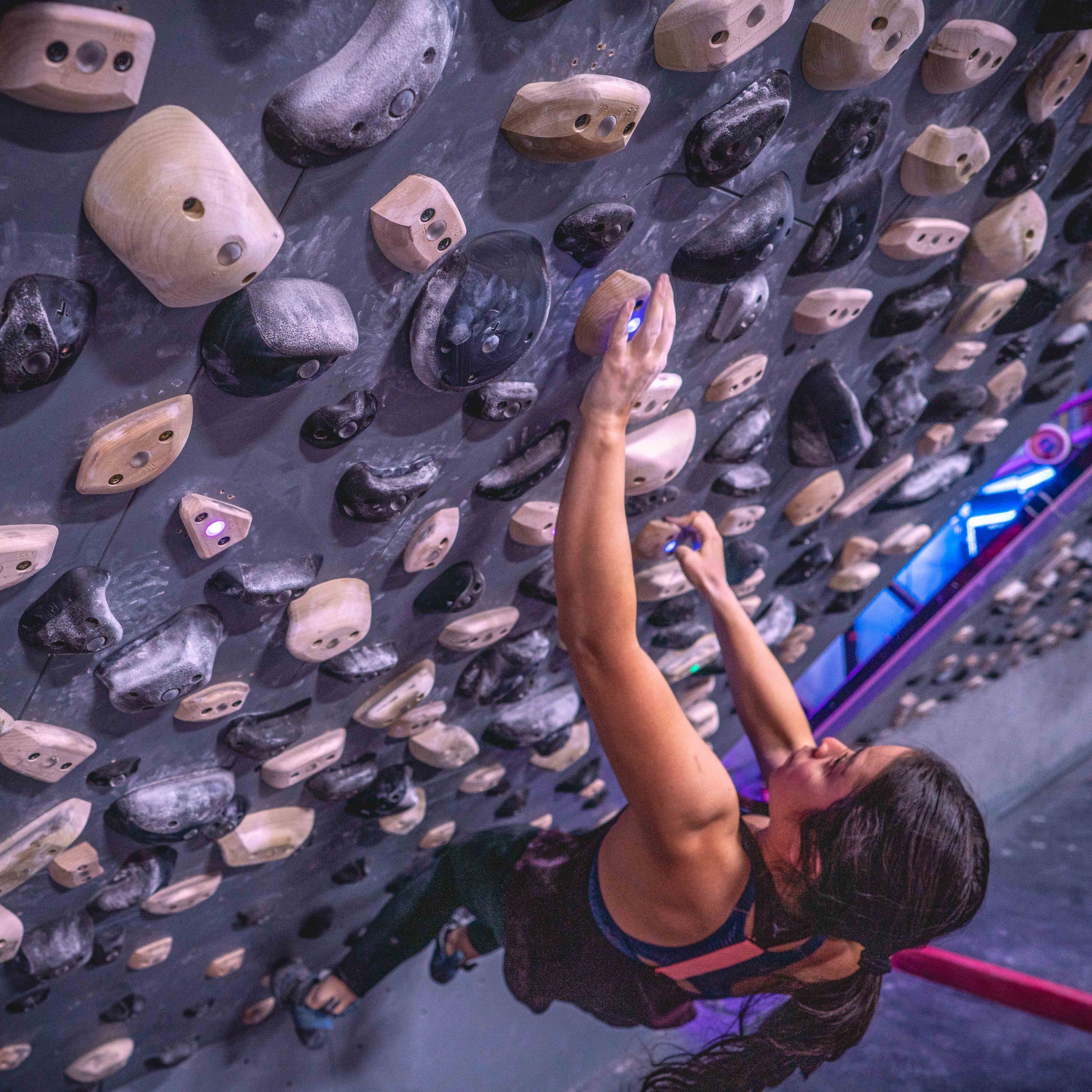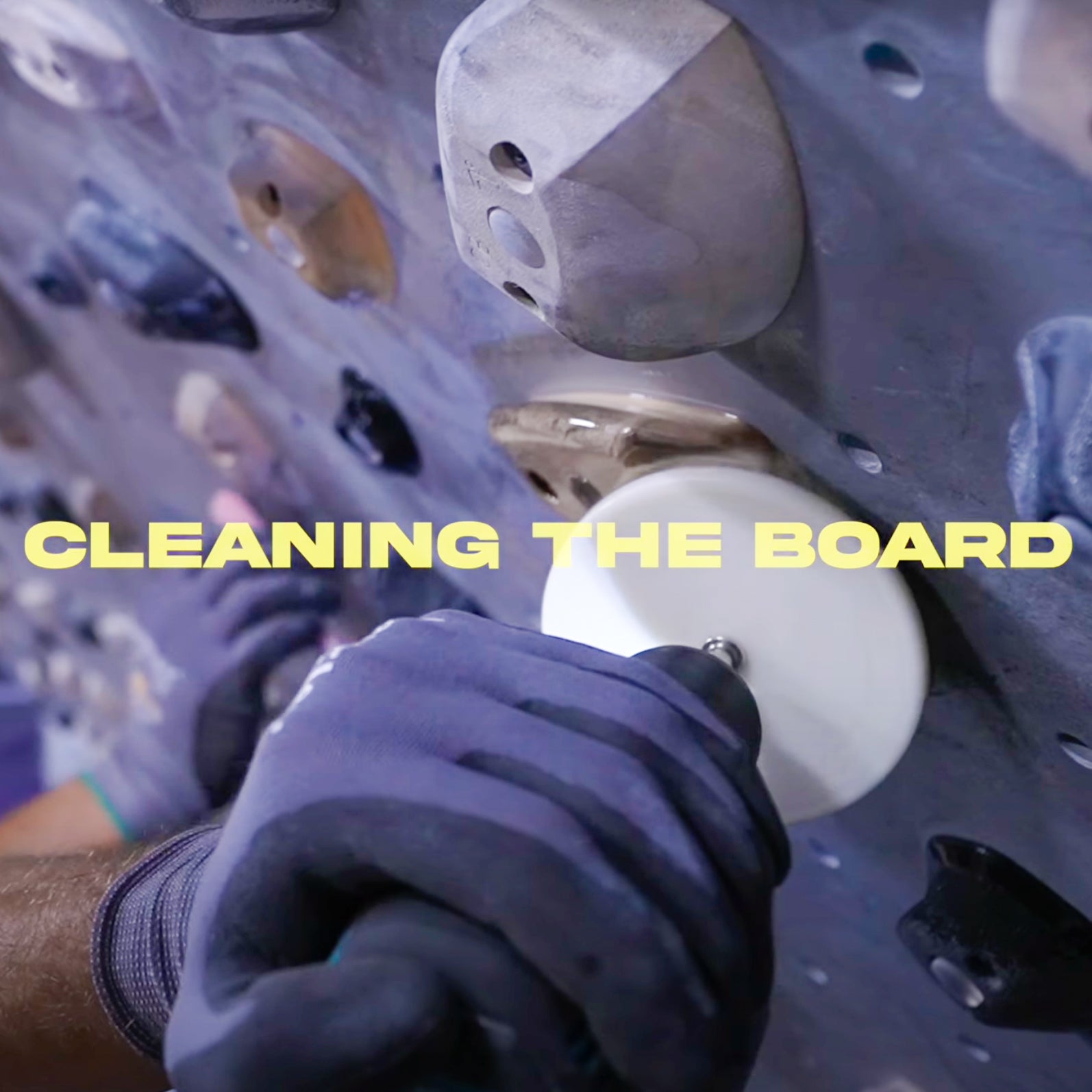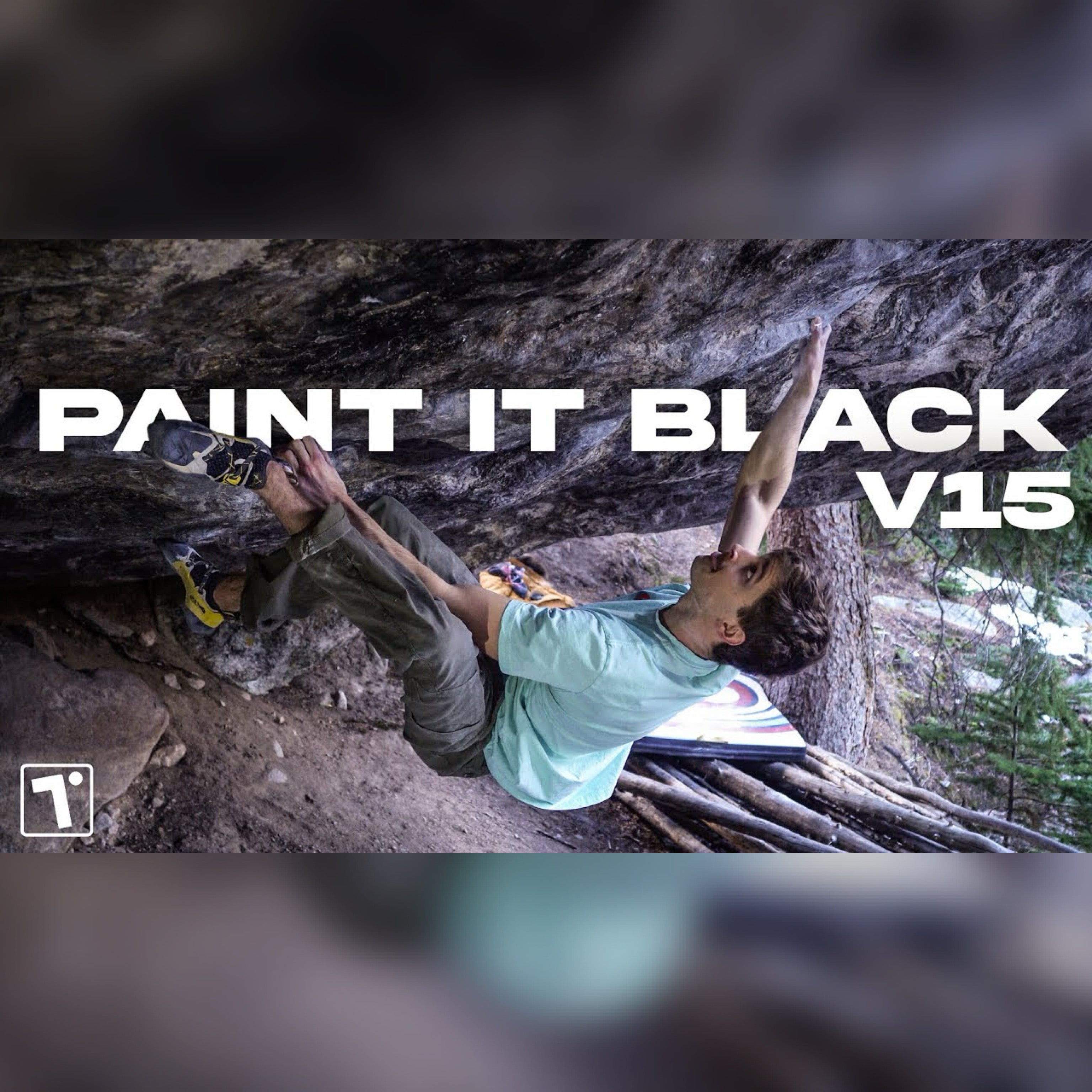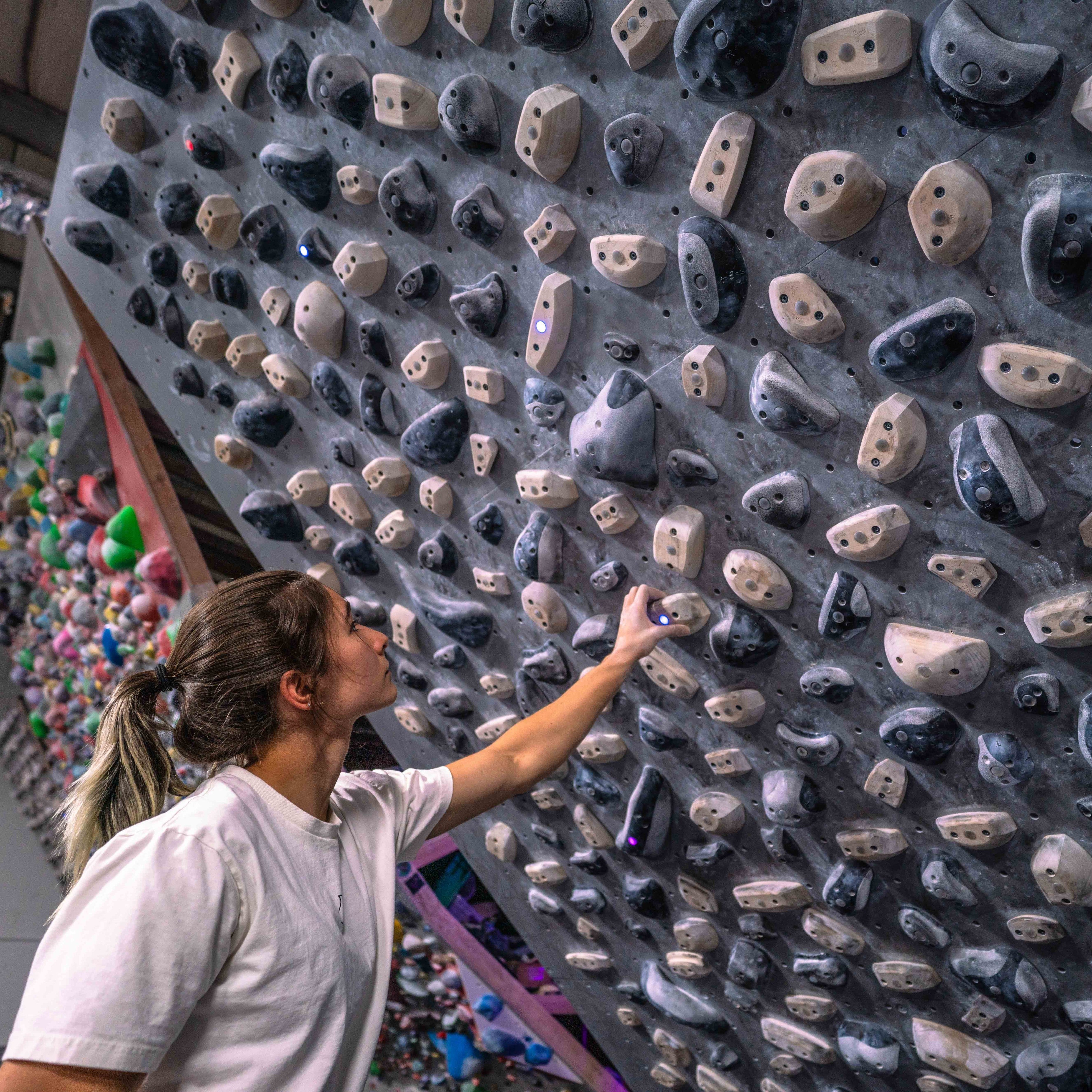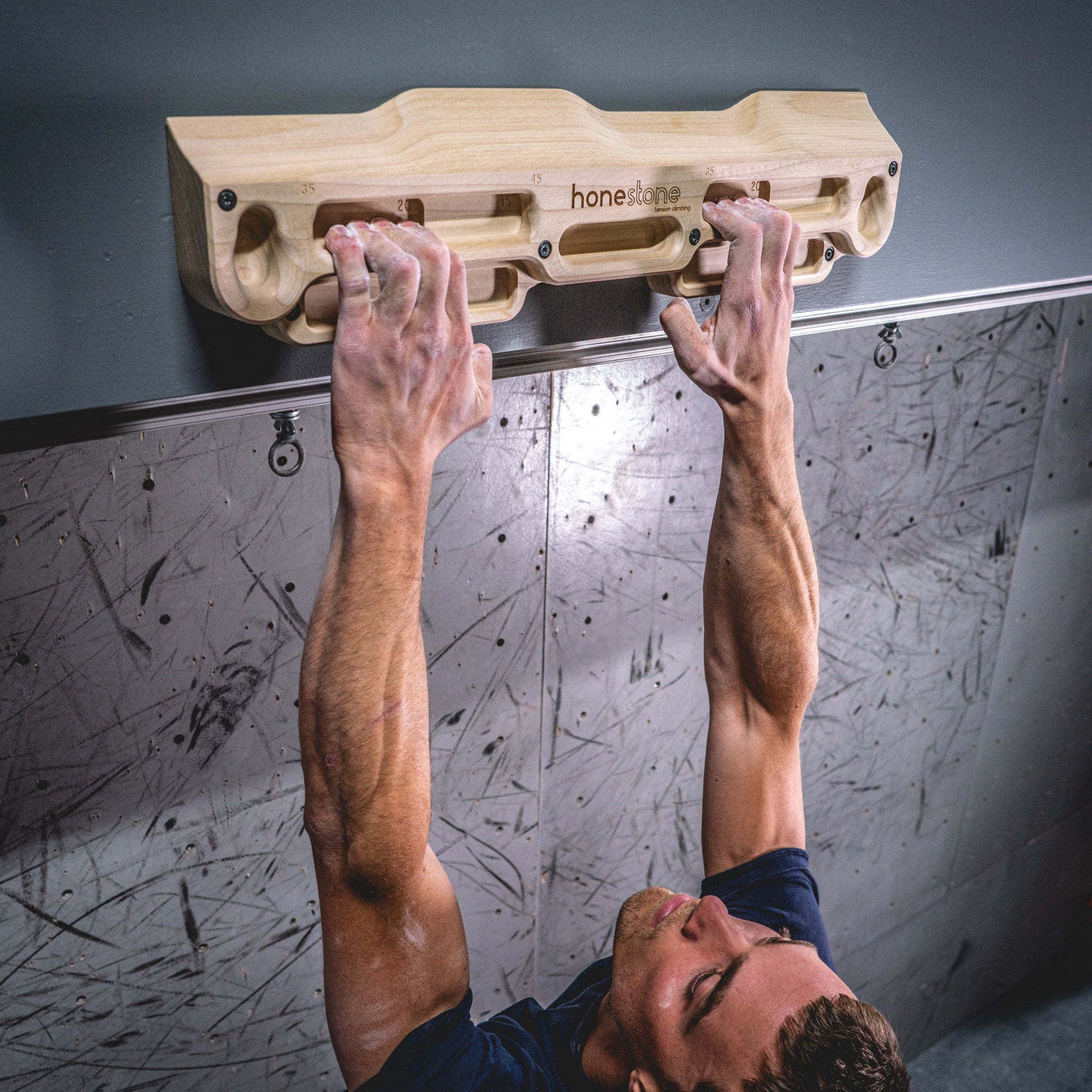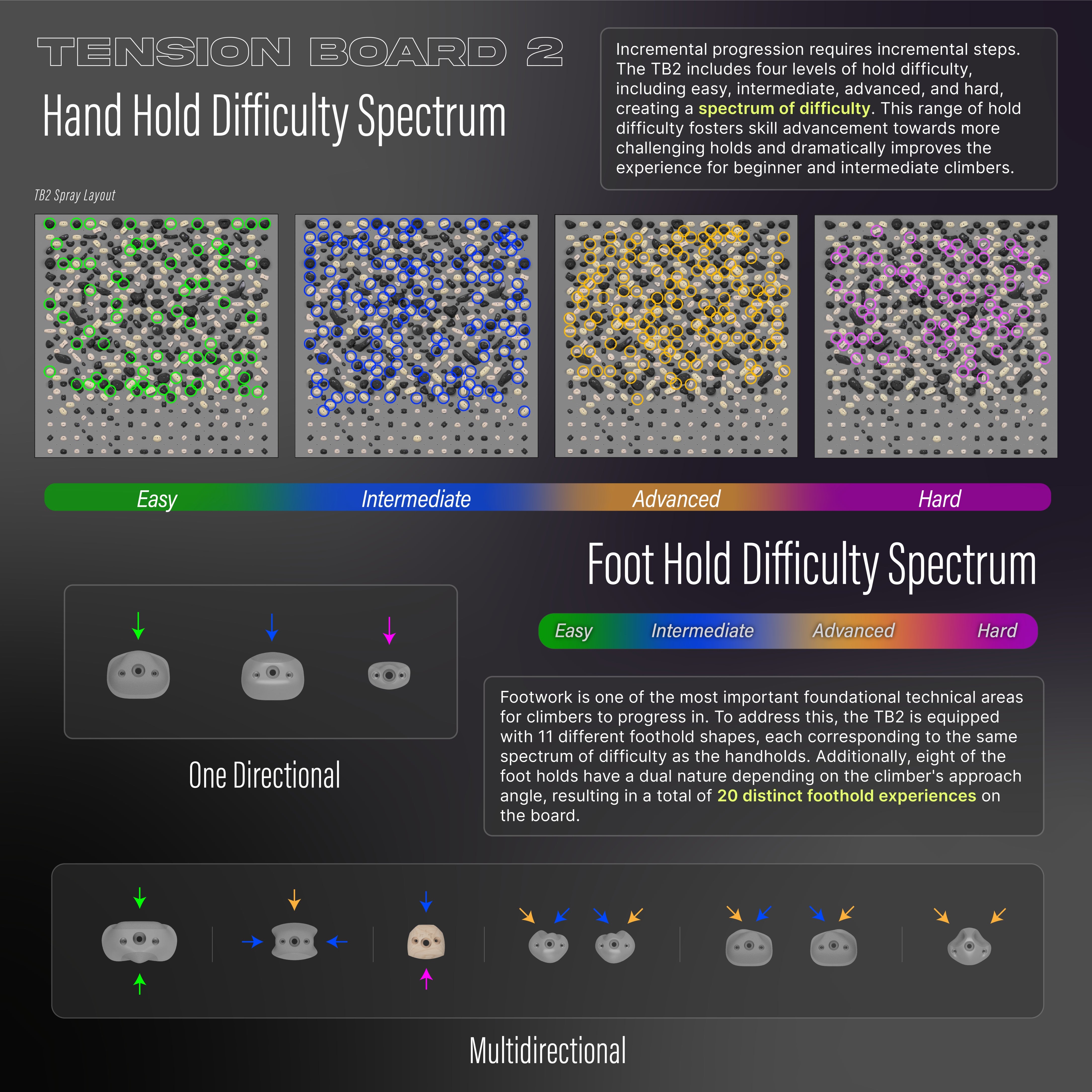This past February, Will, Quinn, and Kerry went on a 2-week trip to Red Rock Canyon in Las Vegas. While eating too much lasagna, watching all sorts of movies (Whiplash, The Wall, Hereditary, and The Alpinist), constantly obsessing over their skin, ranking the best gummy candies, and doing a little bouldering, they also learned a few lessons about the pursuit of climbing. So, please enjoy, and we hope you find some takeaways for your next rock-climbing trip.
KERRY’S INSIGHTS:
Pre-Tape
This is the only piece of practical advice I have for you. Practical, as in, the rest are more of a shift in mentality, and this is something you can physically do. Don’t split on this first day of your trip. Just don’t do it. Don’t even THINK about grabbing sharp crimps on day 1. Or, at least, pre-tape if you’re going to sharp boulders. Normally, I bleed from at least 3 tips on the first day of a climbing trip, and then I have to spend the remainder of my trip in emergency skincare mode. This time around, we went to more skin-friendly boulders first (like pinches and slopers), I pre-taped when I needed to grab sharp crimps, and I gave my skin a few days of adjusting to rock before getting on the really crimpy lines. It was well worth it.

Remove the Word “Punt” From Your Vocabulary
I fell off the top of Ride the White Horse. I was holding on to two large edges on the vert top out section, and all I had to do was put my foot on and stand up. After this, I was hung up on how I “punted so badly”. I still had time and energy left, but instead of thinking about what actually went wrong, I wrote it off as a punt and weighed myself down with negative thoughts. The rest of the session went poorly, as to be expected with this attitude.
Using the word “punt” was a total cop-out. It implies that the section I fell on was beneath me, and there was no way I should have fallen. Furthermore, the excuse of “I punted” prevented me from refining my beta to solidify the moves in that section.
Truth be told, it was still a tricky section, and I was a little pumped from the beginning of the climb. It was only a few days later that I reflected on my real mistake. The foothold that I needed to use was hidden by the ledge. Instead of trusting my beta, I tried to use a higher foot that I could see. I was half-committed to my old beta and half-committed to this new foothold, and ultimately, I couldn’t do either. Upon rehearsing the section one more time, I also realized that there was a micro hip beta that helped me move my foot up more easily. None of this reflection happened when I told myself “I punted”. It was only when I admitted to myself that it was still a tricky section that I realized some crucial mistakes and some better micro-beta.
Be in Control of Your Emotions.
This is an ongoing lesson for me. I believe that strong emotions (positive or negative) are a result of being passionate and driven to succeed, but at times, they can be detrimental to performance.
On the last day of our trip, I stuck the jump (crux) move of Red Wave Low, but then I dabbed on my spotter, Quinn. Of course, this was an accident and he was just trying to keep me safe (thank you!), but I had to drop off knowing that might have been my one chance to send one last boulder. I’m sad and embarrassed to say that my first reaction was frustration toward my friend. I was already feeling mentally and emotionally drained from two weeks of projecting, and this incident pushed me over the edge. I let out a few tears and a few four-letter words while struggling to repeat the start moves. I wanted to break down, give up, take the L, and walk away knowing that I could easily blame the circumstance and feel sorry for myself.
I sat with my self-pity for a little while, but then I asked myself, “what do I want out of this situation?” The answer was easy—I wanted to send.
Before the dab, I was giving really good attempts that were consistently getting better. After the dab, I couldn’t focus and I couldn’t do the start move. The difference? My attitude.
So, I took a few deep breaths and I started thinking about my good attempts. I focused on the micro beta, and I made an effort to think positive thoughts. “My body and skin feel good.” “I did it once, so I know I can do it again.” I pulled back on the wall, and then I sent!
My emotions (the highs and the lows) aren’t going to go away. I care too much about this sport to expect anything different. This is why the question, “what do I want out of the situation?” is important to me. I can honor my emotions by making the decision to stop (which is perfectly valid and necessary sometimes), or I can honor my emotions by making the decision to keep trying. Either way, it changes the situation from my emotions getting the best of me, to me accepting and getting the better of my emotions. Which is a subtle, but important shift.
You Always Have One More Try
This one I learned from witnessing Quinn and Will’s determination firsthand. Quinn was really close to sending Wet Dream, but couldn’t quite link all the moves. Over the course of a few hours, I watched as he got more and more fatigued, as well as a little frustrated. It’s always tough to change your beta when you are close to sending, but Quinn had the mental clarity to realize his current beta wasn’t going to work. He worked out a new sequence, took a long rest, went on a walk, supported Will on his project, and then came back seeming like an entirely new person. Despite the fatigue and the emotional rollercoaster of the day, Quinn sent Wet Dream!
On that same day, a similar thing happened to Will. Quinn and I watched him give multiple good attempts on Atlas Shrugged, where he fell on the move to the lip. This boulder isn’t Will’s style, and we could tell he was getting tired from the burly, full-body, opening moves. When he fell off the lip once again, it seemed like the boulder would have to wait for a future trip. Inevitably, frustration and fatigue started to set in, but Will stayed positive and composed. After a long rest, he managed to pull through the opening sequence one last time, and I’ll let him tell the remainder of the story.
The crew demonstrated that even if it seems beyond hope, you can always give it one more good try.
QUINN’S INSIGHTS:
There is No True Substitute for Outdoor Climbing

In preparation for our trip to Red Rock Canyon, Nevada I spent hours in the gym circuiting boulders, lifting weights, and climbing on a spray wall, all to gain the fitness and strength that I felt I would need for our two weeks in the desert. On the first day of our trip, I realized that after all my preparation something was still missing. It took a bit of figuring out but eventually, I realized the missing piece—I hadn’t accounted for the transition period between climbing on plastic and climbing on real rock.
As climbing gyms continue to become more accessible, plastic holds continue to increase in both quality and variety, and setters become more skilled than ever, it is easy to spend all your time in the climbing gym. Better climbing gyms seem to make the need to climb outside slip away, but the truth is there is no true substitute for outdoor climbing. Climbing outside requires an entirely different set of skills. Outdoor boulders require us to climb in a way we wouldn’t normally need to. For example, outdoor hold shape, texture, and location force us to grab things and position ourselves in a way that no amount of indoor climbing can prepare us for. Also, there is a certain procedure for climbing outside that needs to be trained like a muscle. The process of hiking in pads, assessing landings, working beta, taking care of skin, and even something as menial as paying attention to how much daylight you have left, are all learned skills. Ultimately, if you want to be prepared to rock climb you need to climb on actual rocks.
Spending time climbing outside in preparation for an upcoming trip or climbing volume on moderates during the first day or two of a trip will help make the transition to real rock easier and allow you to become reacquainted with the subtleties that climbing outside requires.
Make Do.
Another lesson I learned while in Red Rocks was sometimes you just have to make do with what you have. I often get upset when my skin is bad, the temps are too hot, or my energy levels are low. In these moments it’s easy to make excuses and blame my inability to climb a boulder on one of those factors. This is a poor mentality to have. Climbing outside introduces a new set of variables, and if you only climbed outside when all of those variables lined up, you would barely get outside at all. Making do with what you have is essential to having a good session, otherwise, you will constantly find yourself in a bad mood or at home unwilling to even give your project a chance. Just make sure you appreciate when all the variables do line up because—damn does it feel good!

WILL’S INSIGHTS:
I was not planning on going to Red Rocks this year. I had been planning a Switzerland trip that kept getting postponed (COVID) and I ultimately ended up having to cancel the trip entirely because of work and life stuff. I was (am) very bummed. I let that bad mood settle in. I stopped training hard, lost focus, and ultimately quarter-assed my preparation in the months leading up to this Red Rocks trip. While I’m not necessarily proud of how I entered into the trip physically, I had a really great time, remembered what it is I love about climbing, learned a lot, and fell in love with the atmosphere of the canyons and the varied climbing style of Red Rocks.
Rest.
I’m “in my 30’s” now. Every year, my top level improves across all aspects. My overall capacity, however, seems to decline a little bit every year. Not to mention the ever-growing collection of little “injuries” that need some level of constant management. These days, the amount of rest I need to recover from intense bouts of climbing, either full sessions or even hard single attempts, increases. Climbing with younger folks gets me psyched, but it also makes me feel lazy when I can only give one attempt to every 2 to 5 attempts a teenager or 20-something person can give. On this trip, I felt like I finally got over that emotionally and was able to consistently make good decisions about “when to try” and “when to rest”. This may seem like a small thing, but this was a huge leap in self-control for me.
Trip Management and Relative Challenge
An important part of any climbing trip is managing the volume and difficulty of the climbing across the duration of the trip. The main decision that needs to be made is: How much time am I going to spend trying to climb a lot of climbs and how much time am I going to spend projecting more difficult climbs. The inescapable fact is, that I can’t climb a lot of climbs and also spend a lot of time projecting. There has to be a compromise.
On this trip, I thought I was going to focus on one project, but after the first 3 sessions, I understood that I wasn’t physically or mentally prepared. When this kind of thing happens, the first thing I try to do is to have a sober reckoning of my current expectations and the reality of the situation as it is. Then I aim to reframe my goals to better reflect reality and base my plan on these things moving forward. In this case, I pivoted to climbing as many slightly easier boulders as I could, knowing full well that my fatigue level would have a significant impact on my performance. Things I “normally” felt like I could do quickly would probably end up taking longer. One of my favorite things is trying to climb “perfect”. No re-adjusting, no wasted momentum, well-timed breathing, the whole deal—and nothing forces me to do that quite like being really, really, tired.
My favorite send of the trip ended up being a completely exhausted and fully clutch performance on Atlas Shrugged where I knew that it was my last try of the night and my last try of the trip. I knew it was a hard style for me. I knew I would have to try as hard as I possibly could . . . and I knew I would have to be practically perfect . . . and I was. It was one of the best performances of my life and I was able to do it fully on purpose. It’s the best feeling and one I’ve only had a handful of times in my 20+ years of climbing. Atlas Shrugged isn’t one of the hardest things I’ve done if you just look at the grade. However, relative to where I was at that moment, the experience I had rivals that of many of the more “objectively” harder things I’ve done. The experience of “difficulty” is completely relative to the individual in the moment. We all have an opportunity to meet whatever challenges us in the moment and chase the same feeling of accomplishment completely separate from any sort of grading scale and separate from any past performances we’ve had.
I Am “Weak”
I have spent a lot of my climbing life relying heavily on my ability to “dead point” multiple parts of my body at the same time. What I mean by that is, that I can usually compensate for my lack of pure physical strength by leveraging my ability to precisely control my momentum and body position in relatively complex ways. If that still sounds confusing, check out the Power Company Podcast #12 “P.O.E.”. Rowland and I talk about it in more detail. It’s also a pretty funny episode and a bit of a time capsule in some ways. Anyhow . . . in many cases, this ability hides how “weak” I actually am. As I start to approach what feels like my actual physical limit, my inability to express a high level of strength, to “isolate” positions, and to move more slowly while maintaining full-body tension, especially for multiple moves in a row, has proven to be a significant road-block. It has become apparent that this is something my “dead pointing” ability is no longer able to compensate for on climbs of the difficulty I want to do. This is something that was really hammered home to me over this trip as I spent a lot of quality time hitting the ground instead of doing moves. I know how to address this in my training, but I’m apprehensive about the ability of my body to adapt to this way of climbing.
Respect
I have a tendency to rush through the problem-solving process when approaching a boulder. On this trip in particular I brought a lot of general anxiety to the table because I haven’t been able to rock climb as often as usual over the last few years. I felt like I had to do everything really fast in order to climb as much as possible to make the most of the trip . . . Regardless, it’s not the way. It’s important to slow down and take the time to understand and respect the problem being presented. On multiple occasions over this trip to Red Rocks, I settled on beta too early or didn’t really even consider other options until it was too late and I was already too tired. There is a dual element of respect to this:
- Respect for the climb: It doesn’t matter if it is V0 or V15, climbing is difficult and complex. Do not underestimate the endeavor. Do not overestimate yourself.
- Respect for the body (aka the meat suit): I come back to this Clint Eastwood/ Dirty Harry quote often, “Man’s got to know his limitations.” Dirty Harry says this right after the bad guy explodes himself in a moment of ironic hubris. A classic scene. Anyway . . . My body has a finite capacity. While I do have the ability to manipulate this capacity over time (and to a point), at the moment, there is a hard limit and it is very possible that it might not be where I want it to be. I owe it to my body to slow down and make decisions that will give it the best opportunity to do what I want it to do without exceeding its limit. The penalty for not doing this is, at best, failure, and at worst, injury.


